Hyoho Niten Ichi Ryu Summer 2014 Keiko
Learning the Style of Legends
By Paul 'Batman' O'Brien
B.A., N.C.E.H.S., Dip. Acu., Adv. Dip. OBB, Cert Clin. Med. Pn1, PN-SSR, PN-NCA, M.AFPA, M.ETCMA, M.C.Th.A.
Hyoho Niten Ichi Ryu Summer 2014 Keiko was first published in Irish Fighter Magazine.
Miyamoto Musashi is perhaps the most famous swordsman in the history of Japan. He fought over 60 duels as a swordsman and developed a unique 2 sword style of swordsmanship. The legends of his fighting prowess dominate movies and popular culture.
During the 1980's there wasn't a businessman alive that didn't know the name, thanks to the co-opting of Musashi's martial arts strategy text the Go Rin no Sho (Book of 5 Rings) into a modern business manual.
Musashi was more than just a martial artist and strategist though. He took the knowledge and science of combat and applied it to the fields of poetry, painting, metal work, sculpture and more. In fact, many in Japan know Musashi better under his art name of Niten, and as a painter over his legacy as a martial artist.
The Sword Style of Legend
I however know him from this martial arts legacy, the Hyoho Niten Ichi ryu style of swordsmanship.
Hyoho Niten Ichi ryu (二天一流), can roughly be translated as "the school of the strategy of two heavens as one". It is classified as a koryū (ancient school) (to learn more about the differences between koryū and gendai arts such as Kendo, Karate etc please check out this article - https://www.way-of-the-samurai.com/What-is-Koryū-Bujutsu.html).
Hyoho Niten Ichi ryu is unique among kenjutsu styles as it focuses on the one handed use of the sword, be it the long sword (daitō) or short sword (kodachi). Musashi felt that there was limited flexibility and fluidity of movement when both hands are used on a single sword. In his writings Musashi indicates that a sword was held in both hands is not easy to wield freely to either side, nor is it ideal for use when mounted on horseback.
Thus at roughly the age of 21 (1604-1605), he started developing a two sword style of combat, allowing the swordsman to wield one sword in each hand fluidly. He had already established himself as an excellent swordsman in various duels and battles (Kihei, Akiyama, Genzaemon, Sekigahara etc). However he did not use it in public combat until he was 30-31 between 1614 and 1615, after the Winter and Summer battles of the Osaka campaign during a duel against Miyake Gunbei.
Musashi fought over 66 duels and won them all and he founded a number of schools of swordsmanship culminating in the Hyoho Niten Ichi Ryu.
Musashi's Niten technique was counter intuitive to the traditions of most swordsmen of the time as the majority of schools were based on gripping the katana with both hands. In addition Musashi’s technique was highly sophisticated and refined, focused on efficient movement and power. To achieve this, the style has no flashy, excessive or unwanted movements. Instead it focuses on developing subtle timing and distance removing the swordsman from immediate danger while simultaneous creating an opening to strike the opponent.
Hyoho Niten Ichi Ryu - The Journey Begins
I was first introduced to this art and trained in Niten 5 years ago in England. I was lucky. Being a member of the Kenseikai Dojo under the instruction of Nick Johnston in Iaido has opened many doors for me, given me access to incredible teachers and opportunities, and one of these was to experience Niten Ichi Ryu.
Despite that we in the Kenseikai are an Iaido dojo (the art of sword drawing), kenjutsu (using a sword in paired combat) is a vitally important part of training. (In fact in our school the actual majority of techniques are paired combat forms).
Though of a completely different style, Niten is important for me to study. Not just because it is one of the most influential systems of strategy but because it is part of the legacy handed down within the Kenseikai - our name after all means "Sword Saint Society" in recognition of Musashi.
Additionally the man to whom we in the Kenseikai have looked to as the gold standard of our Iaido was Haruna Matsuo Sensei, the chief instructor of the Musashi Dojo in Japan and he instructed not just in Iai but also shared his experience of Niten and thus it came to be part of the Kenseikai Syllabus. Sadly however there had been no one to work with in Niten in Ireland.
Thanks to the efforts of Filip Rázga, a superbly powerful and generous martial artist and a student of Hoyho Hyoho Niten Ichi ryu based in Slovakia, John Kennedy, a fellow student in the Kenseikai dojo and I travelled to train under the current Soke, the 12th headmaster of the Hyoho Niten Ichi ryu, Kajiya Soke and Shuri Sensei, for 5 days of incredibly intense training.
This was a remarkable opportunity.
Unlike many martial arts today, Niten is a koryu (very old) art taught under the Dosokai concept...this means there are no instructors, no belts, no grades, no ranks save one, the Soke. Everyone else is simply a student. The chance to train under the Soke, the man tasked with preserving and handing down this remarkable art to the next generation is a rare thing, and to the best of my knowledge, a first for Ireland.
It was not however the experience I was expecting.
It was far more.
I had assumed that we would be two people just following along with the movements of the Soke as best we could. The plan was to train hard and try to absorb as much as possible. I could not have anticipated the events that would actually unfold.
Setting the Scene in Senc
John and I had walked down from out hotel in the holiday camp district of Senc, located near a beautiful to a local dance hall. Here we met some other students and after some brief introductions it became apparent that this training event would have a unique flavour. Within a few minutes we had meet students from the Czech Republic, Slovakia, Slovenia and Germany, all of whom had travelled to study under the Soke as we had. We then walked a short distance in a mix of traditional hakama (pleated trousers), kekiogi and karate suits to a local school hall where training would take place.
Arriving at the hall John and myself were warmly greeted by Thanh Thien Nguyen, the head of Hyoho Niten Ichi ryu in France and Filip Rázga, the organiser of this seminar series. We were then introduced to students from the Netherlands, Norway, the UK, Italy and more. I was astonished by everyone's camaraderie. As more students showed up, they embraced their old training partners and fellow trainees, happy to share the dojo space and face them as opponents again.
This remarkable spirit of friendship, co-operation, fun and an earnest desire to help everyone improve and learn would be the underlying theme of the entire keiko (practice). We assembled out on the floor, warming up, catching up until a call to attention bellowed from Filip to announce the presence of the Kajiya Soke and Shuri Sensei to the floor. As they stepped into the hall the transformation of the atmosphere was palpable. Silent respect dominated as we awaited our first instruction.
We knelt in seiza before the honoured instructors as we were formally welcomed to the keiko. Soke spoke to us about putting forth earnest and sincere dedication in our training and then we began.
Breath of the Warrior
For the first 2 days John and I were placed under the detailed instruction and observation of Shuri Sensei who lead a small group in a highly focused examination of the kihon (basics) of Hyoho Niten Ichi ryu . Above all he emphasised the strength of spirit and focus necessary for Niten and how it was expressed through the breath and kiai.
This is was remarkably different to the breathing methods of Iai and the contrast was fascinating and frustrating. This level of focus, control and constant near spiritual exertion was highly intense. After a few minutes many of us were drenched in sweat. A highlight of the event for me would be a moment when walking back to the changing rooms during a break several days in, when Shuri Sensei walked up to me, clasped my hand and shook it, congratulating me on my breathing and focus.
Training was split into 2 sessions, a formal instruction from Soke and Shuri Sensei in the morning followed by an informal 'free' practice where Soke and Sensei would advise and provide insight and instruction. The informal sessions weren't really informal, they were perhaps of an even greater intensity as one had to maintain focus while battling fatigue. This was made more challenging when on the 2nd day, Soke announced the afternoon session would be held outdoors in a nearby park.
It's a beautiful thing to train in kenjutsu or any koryu art outside, barefoot on the grass and earth. There is a different energy, a different focus as you balance on the uneven ground and enjoy the warm breeze. The problem arises when one is Irish. We aren't used to the sun...I am not at any rate. Dressed all in black, the sun in the unclouded blue sky relentless in its oppressive heat was an added opportunity to find focus and strength, as was slowly circling the opponent so that the sun was in his eyes - an opportunity to apply strategy / hoyho.
It was with great amusement on the following days that the other nations to watched John and myself carefully apply sun cream to every exposed part of our skin before the outdoors sessions...
On the 2nd afternoon, the first of the outdoor keiko our host Filip arranged for Soke to look over John, myself and fellow student Nikola Zrinjski as we had some limited experience of Niten prior to making the trip. Soke was remarkably patient in his personal instruction to us, gentle, quiet and radiating dignity and skill. He made subtle suggestions and adjustments that John and myself tried our best to execute.
Fighting with Two Swords
The following day, Soke requested John, Nikola and myself to join the senior groups and we examined the kodachi (short sword) and nito (two sword) sets under the watchful gaze of Kajiya Soke. It was with deep gratitude that I later accepted an invitation to train in the bo (long staff) forms of the style, one of the very few times they had even been shown outside of Japan and the first time they had been formally taught at an international seminar.
It was remarkable seeing Soke's instruction firsthand. His effortless flow through the movements, the relaxed strength he conveyed was impossible to duplicate. He patiently guided us and the other seniors through the overview of the forms, slowly moving with our understanding to the smaller subtler details, at all time making it feel like he was just explaining it to you.
We'd play with a technique before Soke would join in and correct body placement, make a suggestion on cutting mechanics or explain a point of attitude or intent. Soke always made sure to pair off with each participant so they could witness the movement, timing and strength of technique first hand. Crossing swords with such a master was an exciting privilege and terrifying ordeal in the same breath. But that attention to everyone's individual needs was the great strength of Kajiya Soke's spirit and teaching.
Masterful Atmosphere
But more so than the technical aspects of the teaching it was the friendly, helpful and inclusive tone that Kajiya Soke and Shuri Sensei set that truly made this keiko what it was. Each free session students would randomly approach each other and offer to train and learn together. Our host Filip Razga made sure each participant was made to feel welcome and ensured that they got time with the masters and with the seniors so that everyone would leave feeling they had learnt as much as possible...John and I filled dozens of pages of notes each day...
Training however is not the sole attribute of a koryu school though - the koryu arts are much like a family, and this feeling of family was fostered by every student. Filip however went beyond this arranging 2 group meals for everyone, where we laughed shared good memories and great stories at the behest of Soke and bonded as brothers and sisters in Budo.
I expected to learn a great deal under Soke and Sensei's guidance I did not expect to come away with a new international Budo family. But that's what I have now...a group of new and wonderful friends, men and women I've crossed swords with and fostered friendship with in the crucible of the heat and intensity of training.
When I arrived I saw so many students embrace, old friends reunited once more to train, to learn, to laugh and grow. I look forward to training with Soke and Sensei again, and I look forward to embracing my new friends and catching up as we strive to be better swordsmen and better people.
For those interested in learning Hyoho Niten Ichi ryu , I am pleased to say that Kajiya Soke as given permission for me to open a Niten Study group so that we can share this style, it's teachings and philosophies here in Ireland. It would be a great pleasure and privilege to introduce more Irish students to Kajiya Soke and Shuri Sensei at next year's keiko. If you want more information on this and training opportunities feel free to contact me, post below or check out our Niten class website.
Click here to Return to the Way of the Samurai Home Page
Free Samurai E-books
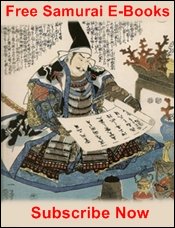
Get Free Exclusive Samurai Guides and E-books
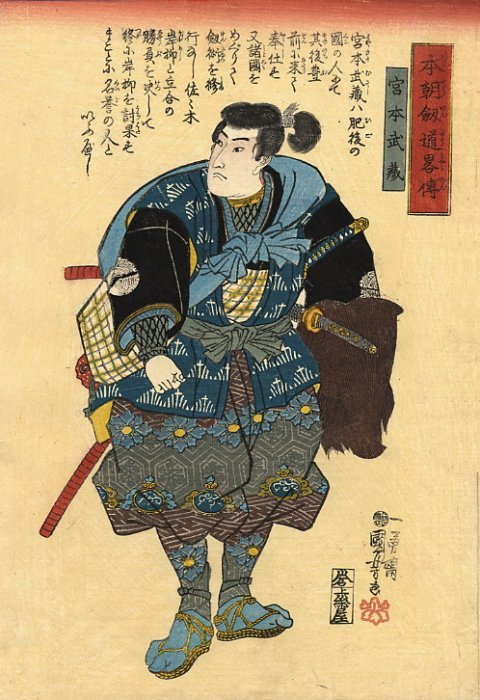
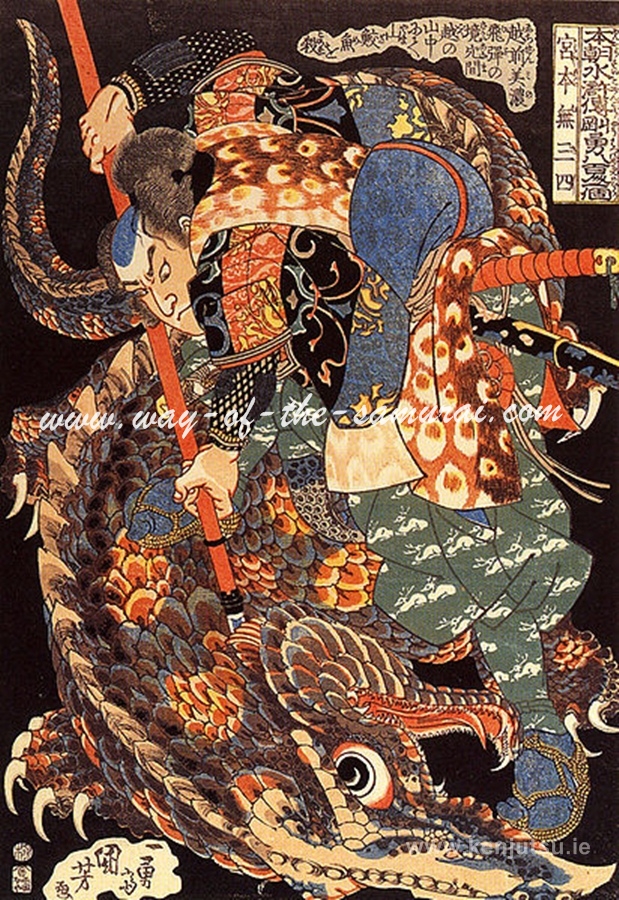
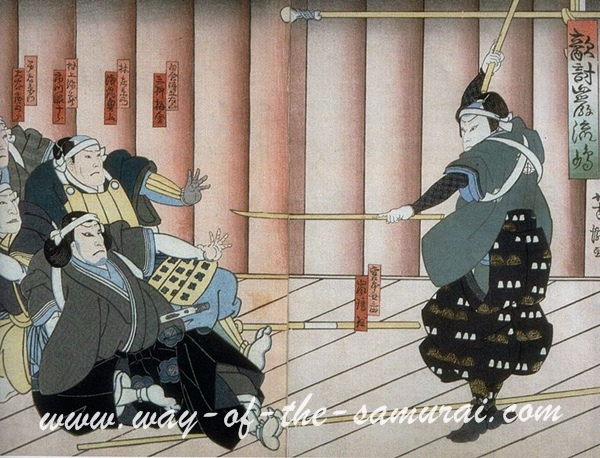
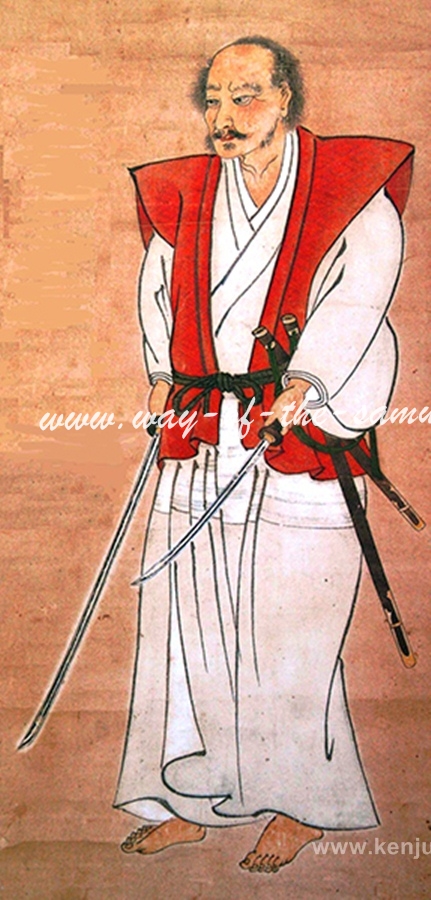

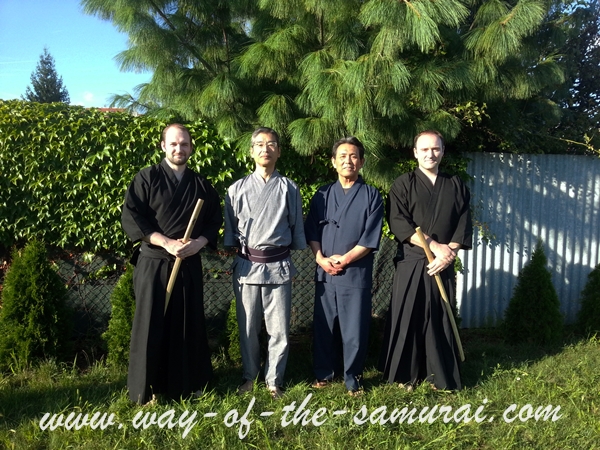





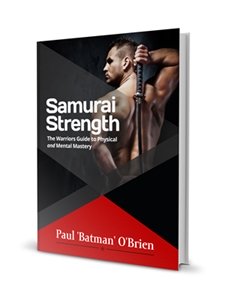
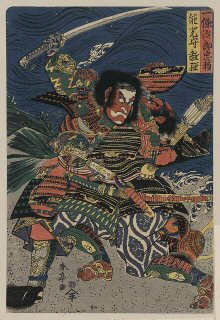
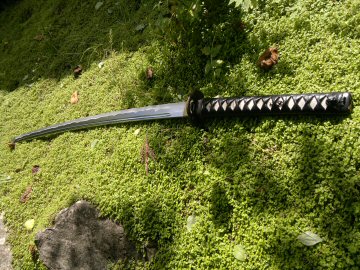
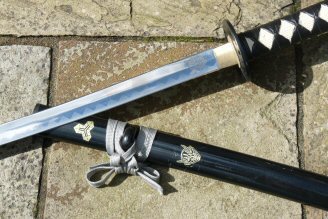
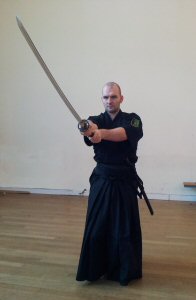
New! Comments
Have your say about what you just read! Leave me a comment in the box below.